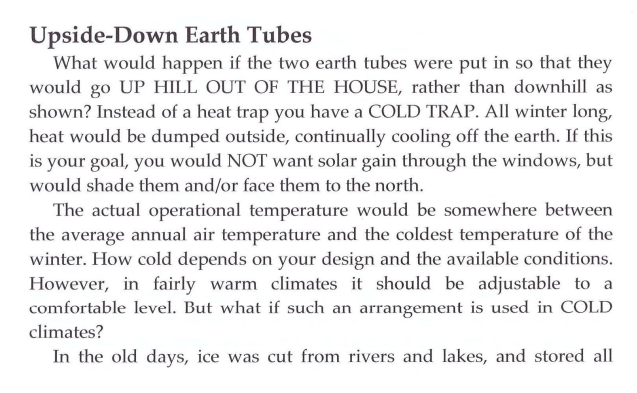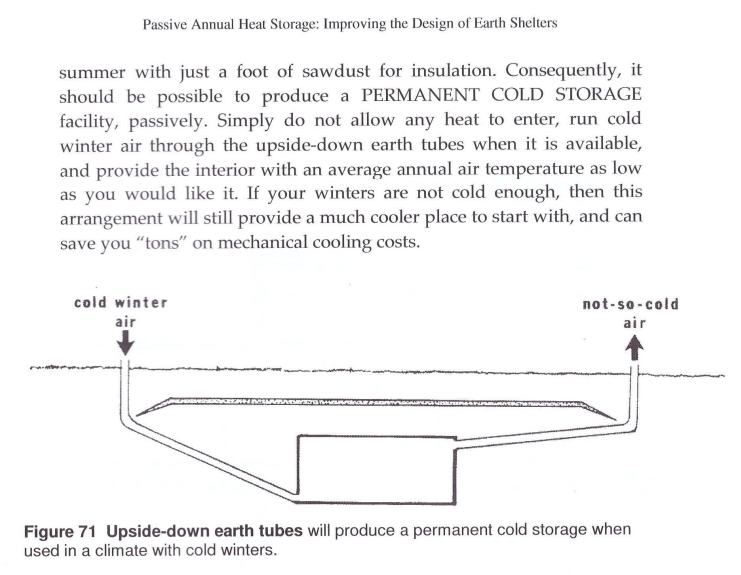






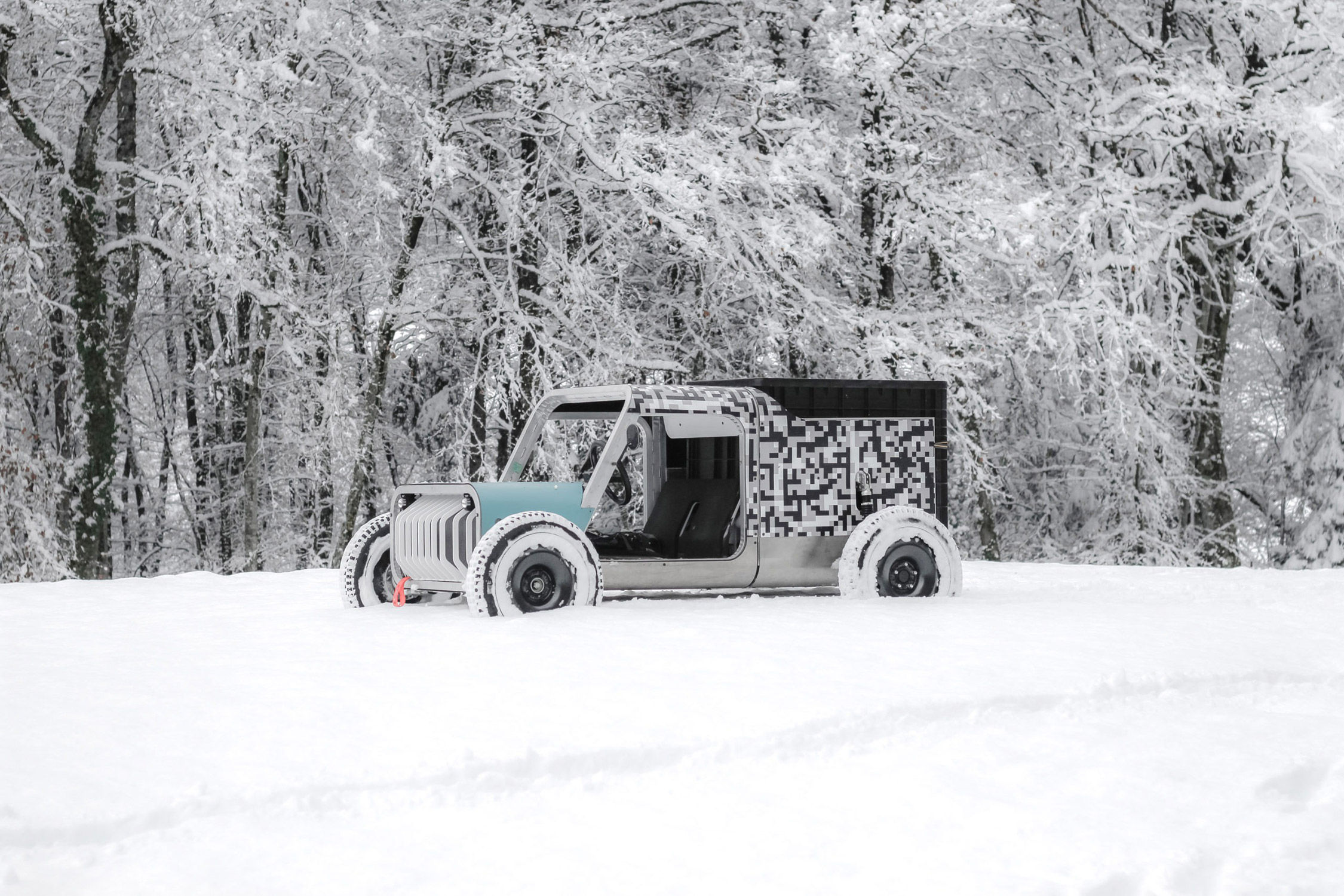
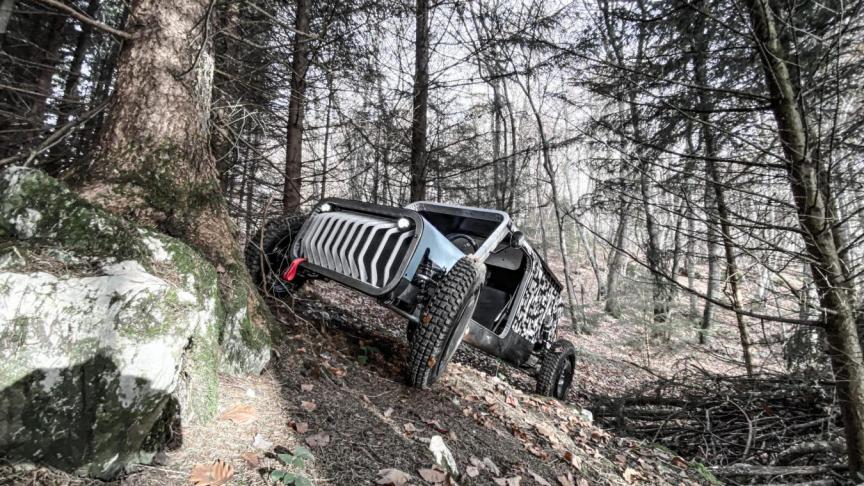
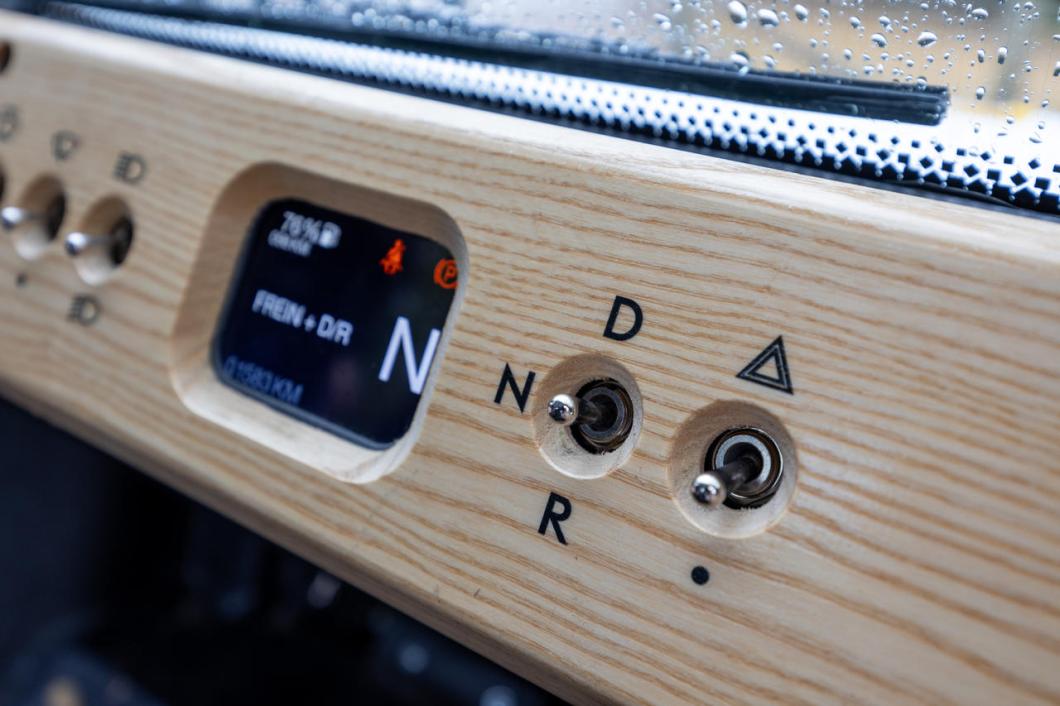
Peter van den Berg wrote:Hi Frere Daran,
The ones I had from Belgium are bought from Joris Pouls, who's building his own version of batch boxes nowadays. He's the one who started to use those superwool risers some years ago. See his website.

Peter van den Berg wrote:
This is made from ceramic fibre, the same stuff as superwool. The tube is made using vacuum with an added binder and is used in industrial processes such as steel melting. It is highly heat resistant, insulating and very little mass, ideal for a heat riser. Try googling "ceramic fibre tube", I've heard of one supplier in Belgium but there should be suppliers all over the world.





Len Ovens wrote:
Europe is entirely a different place than N America. I should have been specific... but on the other hand, when I use the word sarcastic with a smiley, I don't expect to be taken seriously. (sort of a joke with some truth about anti-permie folk)
 This discussion is very constructive (for me at least!) I live in Spain now and plan to move to Extremadura, a province that got its name from its freezing winters and hot summers. So year round natural freezing is not an option, but if I can get my hands on a (2d hand) Beko freezer, that would be perfect for me. Cold room wofati for storing roots, hardy fruit, etc. with a freezer box inside for safely keeping frozen stuff with minimal energy input. The kids are growing and will soon be out of the house, so we plan to move to the mountains in two or three years time, 'doing my homework now to hit the ground running!
This discussion is very constructive (for me at least!) I live in Spain now and plan to move to Extremadura, a province that got its name from its freezing winters and hot summers. So year round natural freezing is not an option, but if I can get my hands on a (2d hand) Beko freezer, that would be perfect for me. Cold room wofati for storing roots, hardy fruit, etc. with a freezer box inside for safely keeping frozen stuff with minimal energy input. The kids are growing and will soon be out of the house, so we plan to move to the mountains in two or three years time, 'doing my homework now to hit the ground running!

Len Ovens wrote:
It would be hard not to be sarcastic about that onefreezers generate heat...
Those who live in warm climates are more likely to put them outside so as not to warm the house so much.
Those who live in cold climates would never leave their 21C homes to get food out of a freezer.
Or so goes the manufacture thinking, would be my guess. Probably it is more that complexity costs, simplicity is cheap, appliances used to be designed well, now they are designed better... they only last 10 years these days. This is the age where people think of the unit as "old anyway" as opposed to "I just bought that thing". But the "old" age is shrinking.

Len Ovens wrote:
Sorry, can't find the links. The idea is that while having the outside of the freezer in a cold place is a good idea, having the compressor in a cold place is not. I do not remember what the coolest the compressor should be run at was, but it is above freezing. The compressor gets less lubrication at lower temperatures and apparently compresses less well. So more wear and tear in the compressor. On the up side the compressor should see less use anyway as there is less heat leakage. The second link is about using an air conditioning unit to make a walk in fridge. In that case the compressor will (or should) be on the outside of the cool room.
Looking at a refrigeration trouble shooting site... the temperature around the refrigeration line that goes to the the freeze coil can lower the output pressure as well.
Here is a link to try: Low Ambient Compressor operation Which gives ideas on how to operate a compressor in low ambient conditions. Remember that a home freezer chest is designed to work within one temperature range and has no way of adjusting to low ambient operation.
So deciding if the reduced compressor use over balances the shorter compressor life and any efficiency while running is not something that I have tested... the comments in the first link are generally fairly short term and do have warnings about lubrication as well. Older units seem better built and may have better (and more toxic/poisonous) types of lubricants/refrigerants.

Len Ovens wrote:
It may be worth remembering that a "regular freezer" will not work well in a chilled room. The compressor needs "room temperature" to work efficiently and to last long. This has been discussed in other threads. However, I think the purpose of this thread is to find a way of keeping things frozen without a freezer/power.

